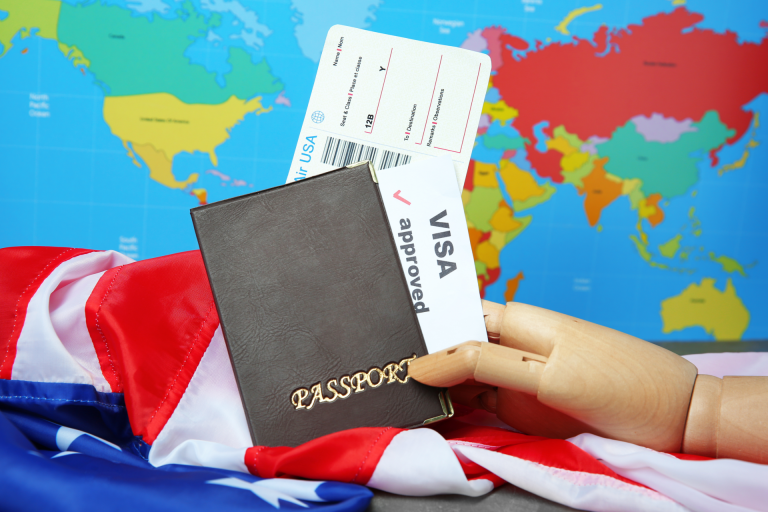The H-2B visa program permits US employers from different nonagricultural segments to hire foreign nationals to fill temporary or seasonal employment gaps. Keep reading to find out the essentials of the H-2B visa program.
What is the H-2B Visa Program? – Basic Requirements
Prospective foreign workers may not self-petition with the United States Citizenship and Immigration Services (USCIS) for a visa. Instead, USCIS requires that a US employer or a US agent (as described in the regulations) must apply on the worker’s behalf.
USCIS may only approve H-2B petitions for nationals of eligible H-2B countries. Every year, the Department of Homeland Security publishes the list of H-2B eligible countries via Federal Register notice. Once published, the designation is valid for one year.
The first step for a US employer is to file Form I-129 (Petition for a Nonimmigrant Worker) with USCIS. As the H-2B visa application involves different government agencies, employers must obtain a temporary labor certification from the US Department of Labor (DOL).
When filing the paperwork, US petitioners must establish that:
- There are not sufficient domestic workers who are able, willing, qualified, and available to fill the employment gap
- The employment of foreign labor will not adversely impact the wages and working conditions of domestic workers in similar employment
- The employer’s need is considered temporary by USCIS
H-2B Temporary Employment – USCIS Requirements
USCIS has specific definitions to determine whether a job offer is temporary. According to the agency’s definition, an employer’s need is considered temporary if it is a one-time occurrence, a seasonal need, a peak-load need, or an intermittent need.
One-time Occurrence
When filing with USCIS, US employers claiming a one-time occurrence must prove that it has:
- An employment situation that is otherwise permanent, but temporary circumstances of short duration created a sudden need for temporary workers, and
- Not employed workers to perform this specific type of service in the past, and will not need workers to perform the same activities in the future
Seasonal Need
US petitioners claiming a seasonal need must demonstrate that the type of activities for which the company is recruiting foreign labor is traditionally tied to a season of the year with a recurring nature.
Petitioners cannot claim a seasonal need when the period when they do not need the services of foreign workers is unpredictable, subject to changes, or considered a vacation period for the company’s permanent employees.
Peak-Load Need
Filing with USCIS to bring foreign workers to the United States as a solution for a peak-load need requires petitioners to demonstrate that:
- They regularly employ permanent workers to perform those activities at the place of employment
- There is a need for additional workers to temporarily supplement the permanent staff
- The need for additional workers is justified by a seasonal or short-term demand
- The additional workers will not become part of the company’s regular operation
Intermittent Need
To file a USCIS petition based on intermittent need, US petitioners must demonstrate that:
- They have not employed permanent or full-time workers to perform the services or labor, and
- The need for temporary workers is occasional or intermittent, restricted to short periods of the year
Do You Want to Apply for an H-2B Visa? – Immediately Contact Jurado & Associates, P.A.
A well-versed attorney from Jurado & Associates, P.A. is willing to help you succeed. Get in touch with us by calling (305) 921-0976 or emailing [email protected] to schedule a consultation.






